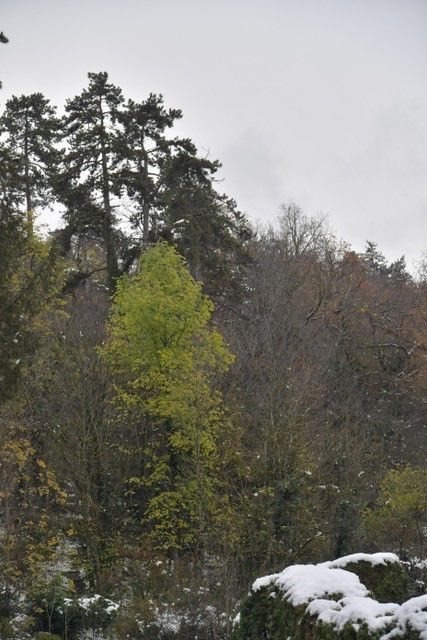Observation of double leafing in Neuchâtel
The change from drought to a rainy episode allowed about 50 trees to leaf out again during hte last days of the summer.

In Switzerland, the year 2022 was marked by a significant drought. In the botanical garden of Neuchâtel, daily measurements reveal an absence of water in the soil from May 10 to September 2. During this period of 116 days, 6 episodes of very little precipitation barely moistened the soil for a few hours. Under these conditions, many trees withered (lime, maple, chestnut, oak, ash and cherry trees), some losing all their leaves towards the end of August.
Fortunately, an exceptional event saved these species from a complete drying out of their tissues: on Wednesday September 7, a major storm broke out, followed by heavy rain. In 24 hours, 60 millimeters of rain fell in Neuchâtel. A new rainy episode occurred on the 14th and 15th (30 millimeters in 48 hours), and finally the rain became more regular since September 23.
This change allowed about 50 trees to leaf out again during the last days of the summer. The story could end there if the vegetation period of these individuals had ended at the same time as that of the other trees in the forest. However, while most of the large trees are leafless by the end of October, those that managed to produce a second leafing were still green in early December; they will suddenly lose their chlorophyll foliage on December 11, following a sudden drop in temperature.
This observation raises more questions than it solves: are the individuals that were able to flush again at the end of summer weaker or more resistant to drought? Will this phenomenon occur more frequently in the future? Will the different species be able to adapt to drought by adapting their phenology?
Continued observations of surviving individuals may clarify whether they will benefit from this intriguing phenomenon.
Blaise Mulhauser, JBN, le 13.04.2023


